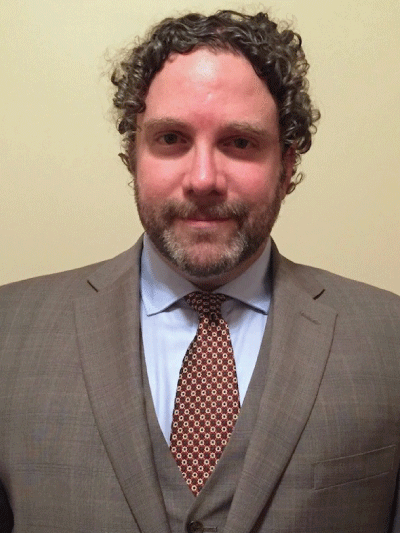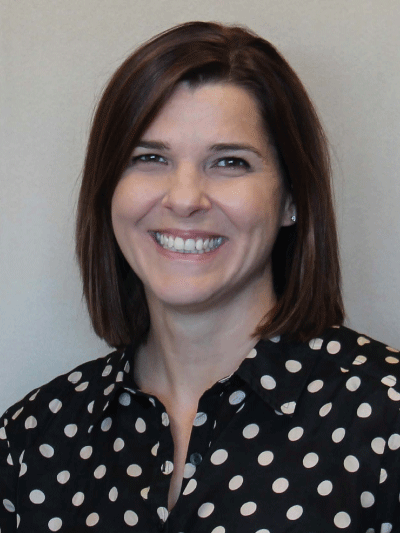Problem Definition.
Land-use and climate change are impacting the world’s ecosystems. Even in the most remote areas such as the polar and sub-polar regions, rapid and non-linear changes in ecosystem structure and function are widely documented and acknowledged. Of particular interest are arctic soils, which contain vast amounts organic carbon that is vulnerable to remobilization and emission to the atmosphere under a warming climate. This process has been referred to the “permafrost carbon feedback on global climate”.
Permafrost wetlands are particularly important in this equation, as they cover ~ 1 million km2 of the arctic landscape and store at least 250 gigatons of carbon. This figure is equivalent to about 25% of the current atmospheric burden. While most of this area is predicted to thaw this century, natural emissions from northern wetlands (CO2, CH4, and N2O, among others) and the rate of permafrost thaw both remain large sources of uncertainty in Earth System Models.
In addition to this specific issue, there is a great need to:
- establish an arctic observational network and
- develop/deploy new tools and technologies that can monitor changes across the arctic landscape to help us document and understand rapid biological, physical, and chemical changes occurring across this sensitive region.
Scope of the Problem.
Arctic landscapes – and wetland ecosystems in particular – remain poorly represented in maps, spatial datasets, and models. To a large extent, this is due to our limited capacity to characterize, classify, and scale up local landform and vegetation surveys. Much of the arctic remains difficult to access, making in-person inventory and ground-truthing of airborne data difficult.
Likewise, similar vegetation cover between different ecosystems makes the use of remote-sensing and air imagery classification techniques futile. As a result, the scientific community still lacks accurate soil and ecosystem maps for this region. This hinders our capacity to adequately model and partition greenhouse gas emissions and carbon sequestration across the arctic and its different ecosystems and landforms, which further impedes our ability to model feedbacks and interactions among the large-scale processes causing change such as climate as well as natural and human disturbances.
Similarly, landscape-scale processes associated with changes in permafrost dynamics are still difficult to model, and thus predict, given a lack of adequate means to observe and monitor ongoing changes.
Importance of the Proposed Research and its Potential Impact.
Changes in the arctic will fundamentally alter global climate, weather, and ecosystems; it is also poised to have profound impacts on the world’s economy and security. However, we still lack adequate means to observe and monitor arctic changes. Daily and weekly high resolution imagery (sub-meter scale) holds the potential to discern rapid and time-sensitive events at the local scale that would otherwise escape from conventional imagery analysis.
For example, phenological information (e.g., blooming timing of different plants) can allow us to delineate different ecosystems using indicator species. Likewise, changes in the tilt of individual trees (so-called ‘drunken trees’ that slant due to thawing) during the growing season could be used to pinpoint areas undergoing permafrost thaw.
Machine Learning will be used to train a program to identify these features and discover spatial patterns on the basis of time-series analysis. Ultimately, this pattern recognition technology will help us identify and quantify carbon and nitrogen ‘hotspots’ across the arctic; ecosystem resilience could be assessed and an early-warning system could also be developed on the basis of ecosystem properties.
We intend to make our datasets, codes, and annotations publicly available so that others can adapt and apply our techniques to all ecosystems.
Intellectual Contributions as an Interdisciplinary Approach.
We propose to develop a machine learning method to process daily or weekly high-resolution imagery (obtained via small satellite commercial imagery companies) of the arctic to:
- generate the first map of wetland cover and distinguish its different vegetation communities (bogs, fens, tundra);
- quantify surface areas undergoing rapid permafrost thaw/collapse by identifying new patches of ‘drunken trees’,
- estimate changes in flooded vs. non-flooded areas, and
- monitor permafrost landscapes as a whole.
This critical information will then be used to inform biogeochemical models as well as Earth System Models, and allow for data-model comparison, parameter development, and benchmarking.
Keywords:
Ecosystems, Soil, Water, Climate, Biodiversity, Computing, Resilience, Machine Learning, CO2, NOX.
Arctic X-Grant Collaborators
Keywords:
Ecosystems, Soil, Water, Climate, Biodiversity, Computing, Resilience, Machine Learning, CO2, NOX.











